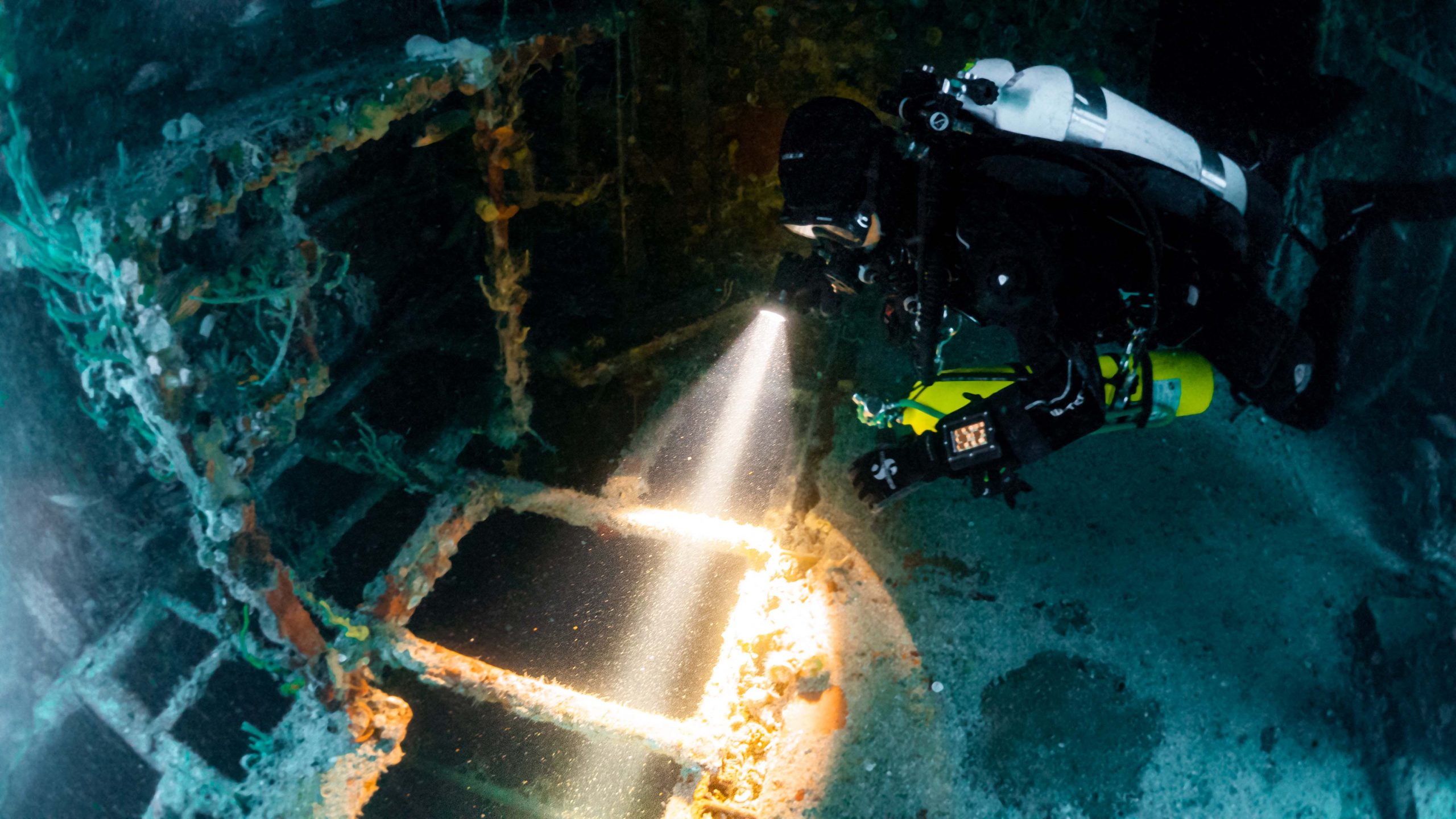
“IF ONLY YOU KNEW THE
POWER OF THE DARK SIDE…”
courses
@SOUTH WEST TECHNICAL DIVING
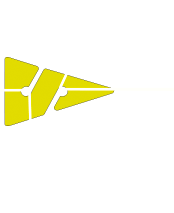

Mixed Gas and Decompression Diving
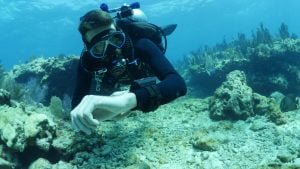 The deeper we go the more we face three significant issues with the gas we breathe.
The deeper we go the more we face three significant issues with the gas we breathe.
The first is the oxygen content. The normal oxygen level of 21% in air becomes potentially toxic at around 56m. Pure oxygen is considered toxic past 6m. the deeper we go the more we have to reduce the oxygen content in the gas we breathe.
- Helitrox and Normoxic gases will, as far as these courses anyway, be safe to breathe from the surface to their planned MOD (maximum operating depth).
- Hypoxic gases will not be breathable at the surface and we would need to breathe a different ‘travel’ gas to get deep enough for this gas to be safe to breathe.
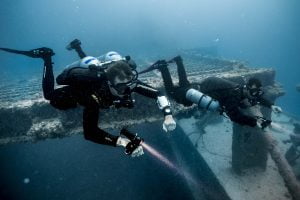 The second is narcosis, we have to carefully monitor the partial pressure of nitrogen so as not to effectively be made tipsy by the gas we breathe. This limits the percentage of nitrogen we can have in a deeper diving gas so we can replace with oxygen (which in itself is narcotic and limits our depth) or Helium, which is an inert gas and one that does not cause narcosis.
The second is narcosis, we have to carefully monitor the partial pressure of nitrogen so as not to effectively be made tipsy by the gas we breathe. This limits the percentage of nitrogen we can have in a deeper diving gas so we can replace with oxygen (which in itself is narcotic and limits our depth) or Helium, which is an inert gas and one that does not cause narcosis.
The third big issue is gas density. The deeper we go the denser the gas and if past 3 or 4 atmospheres of pressure you can really feel you are breathing a much heavier mix if on air. This leads to increased exhalation effort in particular and can lead to CO2 build up – potentially deadly for a diver. The good news is that by adding helium to reduce narcosis, we also reduce the gas density to acceptable levels. At least until we get to diving deeper than 100m, but that is a story for another day!

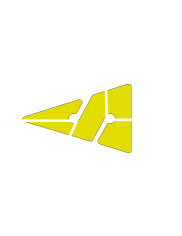
set up a
coffee and
A chat
with a jedi
set up
an online chat
with a sith
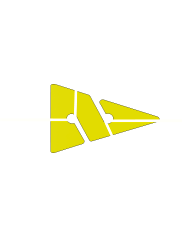

upcoming
courses
TRAINING THAT WILL FOREVER
CHANGE THE WAY YOU DIVE!!
diving
liability
insurance

ARE YOU COVERED?
If you plan on traveling and diving,
get one of Diveassure’s exclusive
and comprehensive Dive & Travel
plans….










